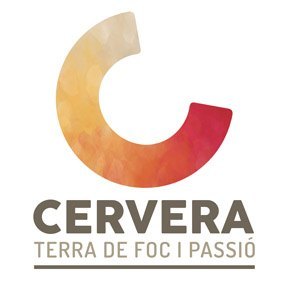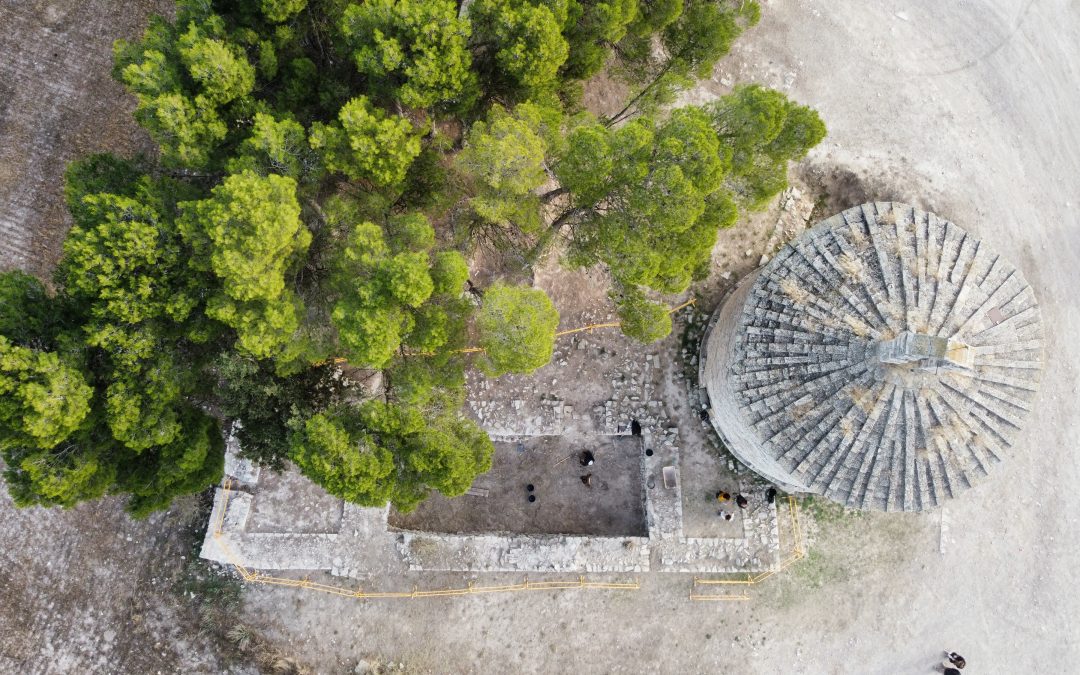Archaeological excavations around Sant Pere el Gros have resumed this week, an intervention that must make it possible to know the origins and evolution of the church, the old monastery and a possible earlier settlement.
THURSDAY 28 OCTOBER 2021
The excavation campaign, which will last for three months, the archaeological work carried out during the year will continue 2010. They will be run by the archaeologist himself, Joan Ramon Rodríguez Ximenos, and will represent an investment of about 5.000 euros, funded by the Department of Culture of the Generalitat.
The action will consist of clearing the remaining forest space to intervene and excavating all the rooms.. The purpose is to be able to have in plan the whole structure of the monastery and to expand the information that is had of the set until the moment.
In the previous campaign, l’any 2010, the results of the archaeological work were very positive as a series of walls and structures corresponding to the outbuildings of the monastery appeared, as well as several burials. Objects and material remains were also recovered.
The Councilor for Culture, Mercè Carulla, and the director of the Cervera Museum, Carmen Bergés, together with the archaeologist responsible for the excavations, Joan Ramon Rodríguez Ximenos, have visited the works. Mercè Carulla has stated that “it is good news that excavations can be resumed after more than 10 years, around such a unique element of the city’s monumental heritage as Sant Pere el Gros ”. Carulla added that "we hope to continue dignifying the space, with subsequent help from the Department of Culture, so that the population can enjoy it ”.
Sant Pere el Gros
The pre-Romanesque church of Sant Pere el Gros is in the category of Cultural Asset of National Interest (BCIN), as it is one of the few 11th century round-plan churches in Catalonia.
Another attraction of Sant Pere is that from the 11th century onwards a small community of Benedictine monks was established who depended on the monastery of Ripoll.. These built a priory with their outbuildings (rooms, warehouse, cells, stable, kitchen…), to which a new construction was soon added: the mill. So, the monastery would be structured in three units: the church, the outbuildings of the monastery and a mill (known as the Degree).
Excavations will reveal the rooms and structure of the old monastery.

